For decades, NASA and the global scientific community's search for extraterrestrial life has followed one core principle: "Look for water."
The concept of the "habitable zone" – the ideal distance from a star for liquid water to exist – has become the gold standard for selecting observational targets.

Illustration of Kepler-186f, an exoplanet located in the habitable zone around its star (Image: NASA).
However, the reality now shows that water is not the only factor determining the possibility of life. The discovery of thousands of exoplanets with diverse climates, geology and radiation characteristics has painted a much more complex picture of alien life.
Faced with this challenge, a team of NASA scientists, led by Dr. Daniel Apai from the University of Arizona, proposed a groundbreaking model: “Quantitative Habitability.”
This is a pioneering model that assesses the probability of life existing on distant planets by combining astrophysical environmental data with experimental biological fitness.

Kepler 186 is located in the same habitable zone as Earth, although it orbits an M1 dwarf star (Image: NASA).
Instead of simply asking whether a planet is suitable for habitation, the new model goes deeper: "Can this planet support a particular form of life, whether anaerobic bacteria or extremophiles?"
Unlike the traditional binary approach, this model builds two layers of analysis. The first layer is an environmental model based on telescope-collected indices such as temperature, atmospheric composition, and radiation levels.
The second layer simulates the survival of real-life extreme organisms on Earth, from bacteria living in acid springs and permafrost to creatures living in hydrothermal vents deep in the ocean.
This combination provides a more flexible and realistic quantitative probability of life forms, allowing observing systems to focus on the highest potential targets, rather than spreading their time among hundreds of "Earth-like" planets of unknown biological value.
In a vast and mysterious universe, this could be the key tool that brings humanity closer to answering the eternal question: Are we really alone in the universe?
Uncertainty can also be valuable information
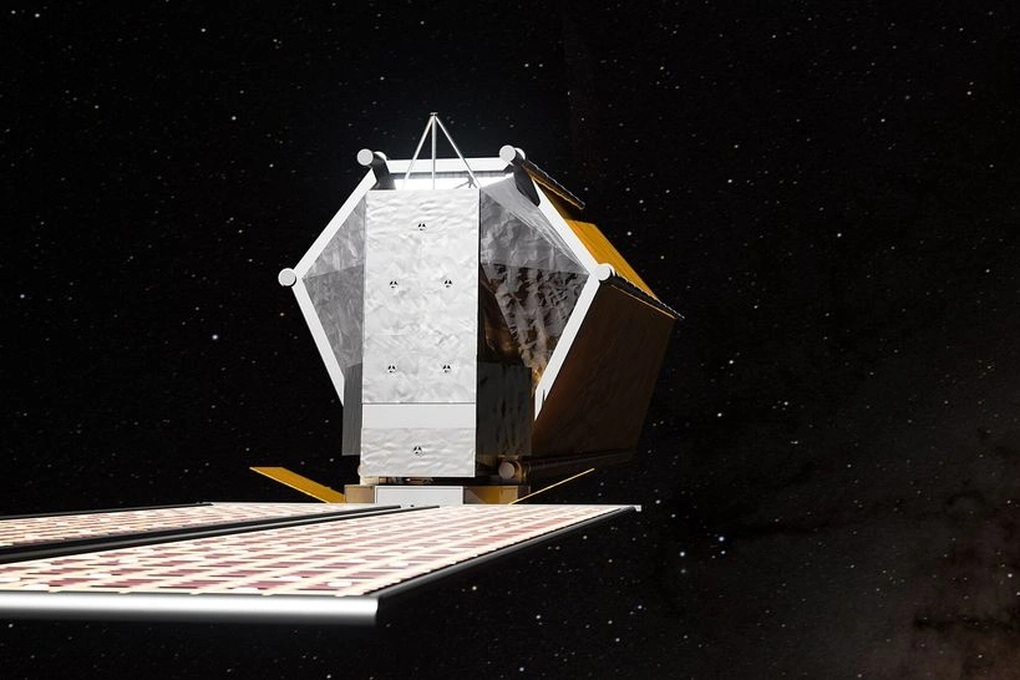
Illustration of an observatory that photographs exoplanets that could harbor life (Photo: Scientific Visualization Studio).
Another breakthrough of the new model is its ability to handle uncertain data – a common practice in astronomy.
When a planet is hundreds of light-years away, scientists can only pick up faint light signals, analyzing the spectrum to infer its atmosphere or surface temperature. In many cases, these parameters are only determined with a probability of 60-90%, not absolute conclusions.
Previously, this level of uncertainty often forced researchers to discard data or make subjective judgments. However, using advanced probabilistic tools, Dr. Apai's team can now incorporate this level of uncertainty into their models and still make useful judgments.
This is an important methodological shift, turning imperfect data into valuable scientific information.
In the coming stages, the research team plans to continue expanding the database of extremophiles, and also simulate theoretical life forms that are not based on carbon or water, such as organisms that use ammonia or live in methane atmospheres.
These are necessary steps to expand the ability to assess extraterrestrial biospheres more broadly, especially as missions to explore moons like Europa or Enceladus become increasingly realistic.
Source: https://dantri.com.vn/khoa-hoc/mo-hinh-moi-cua-nasa-mo-duong-tim-su-song-ngoai-trai-dat-20250616073348287.htm


![[Photo] General Secretary To Lam receives Singaporean Ambassador Jaya Ratnam](https://vphoto.vietnam.vn/thumb/1200x675/vietnam/resource/IMAGE/2025/11/03/1762171461424_a1-bnd-5309-9100-jpg.webp)
![[Photo] Lam Dong: Close-up of illegal lake with broken wall](https://vphoto.vietnam.vn/thumb/1200x675/vietnam/resource/IMAGE/2025/11/03/1762166057849_a5018a8dcbd5478b1ec4-jpg.webp)
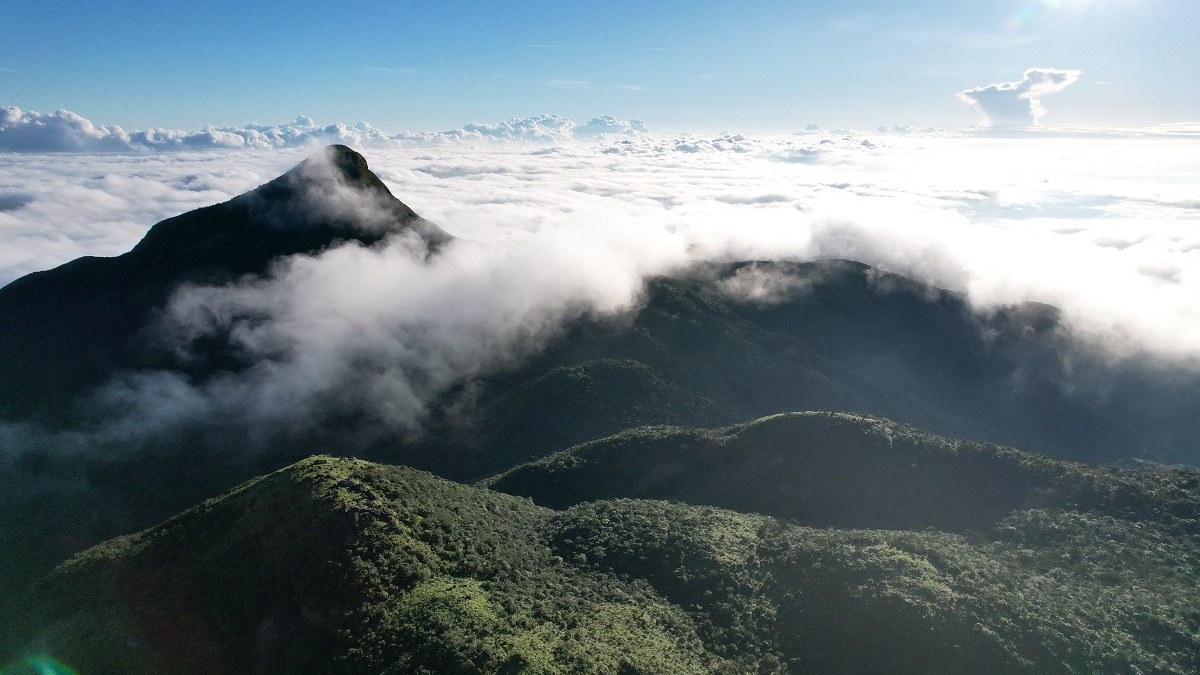
![[Photo] Prime Minister Pham Minh Chinh receives the Chairman of the Japan-Vietnam Friendship Association in the Kansai region](https://vphoto.vietnam.vn/thumb/1200x675/vietnam/resource/IMAGE/2025/11/03/1762176259003_ndo_br_dsc-9224-jpg.webp)
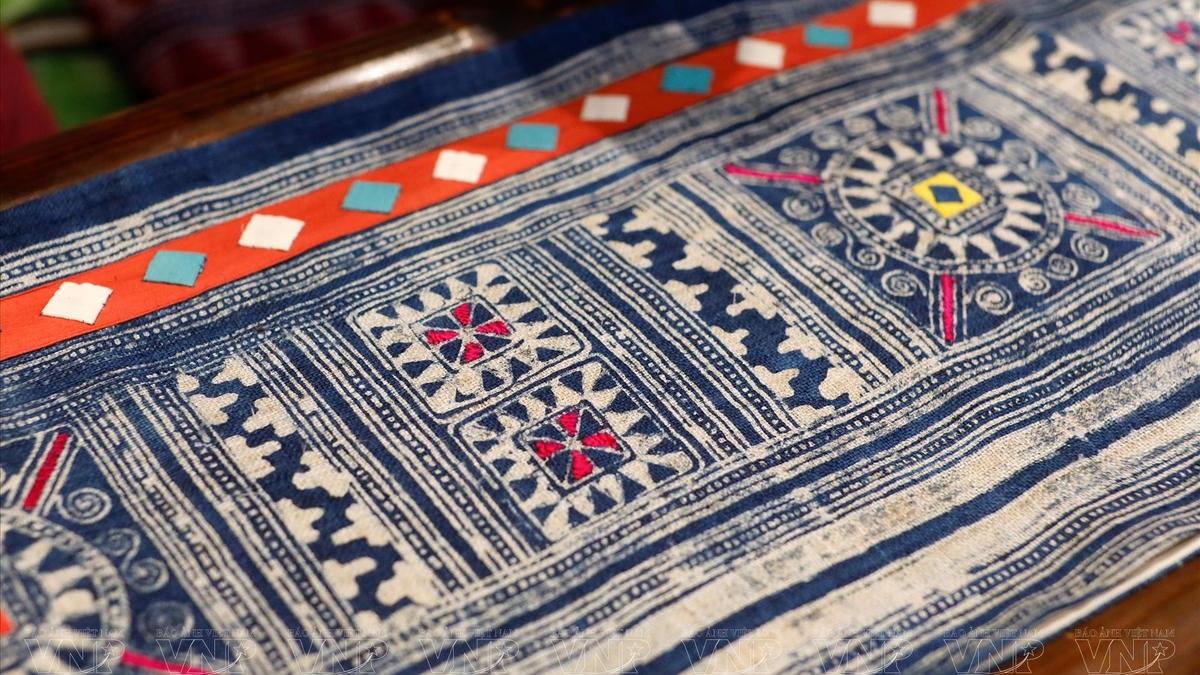
![[Photo] Fall Fair 2025 and impressive records](https://vphoto.vietnam.vn/thumb/1200x675/vietnam/resource/IMAGE/2025/11/03/1762180761230_ndo_br_tk-hcmt-15-jpg.webp)









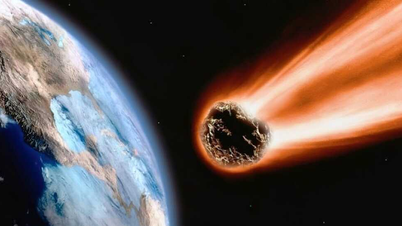
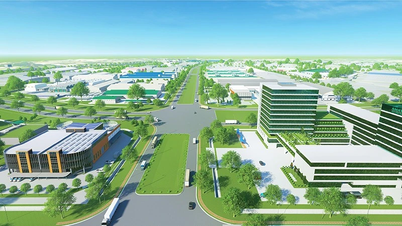

















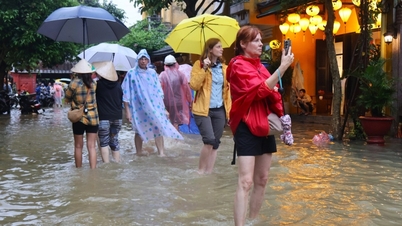

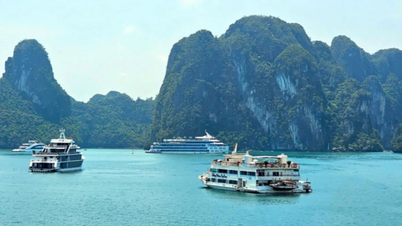
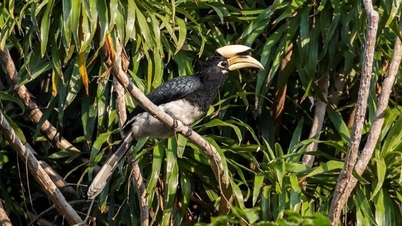

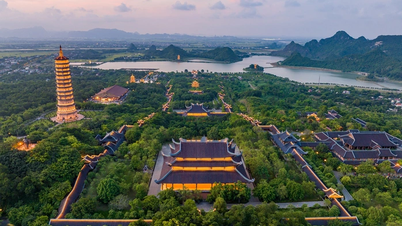

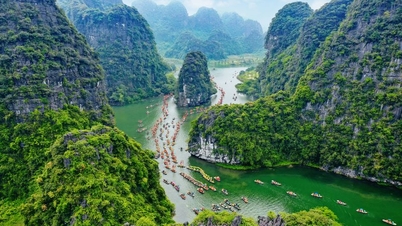

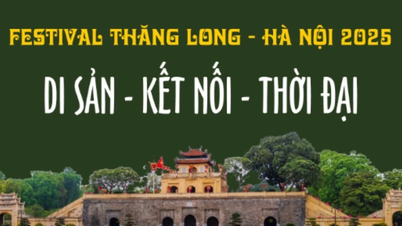
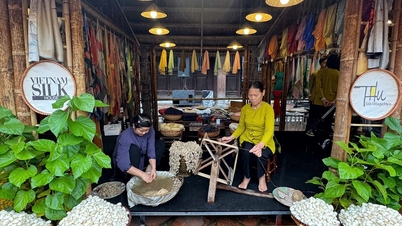

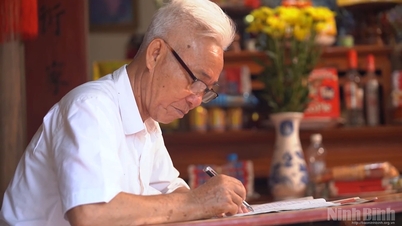

















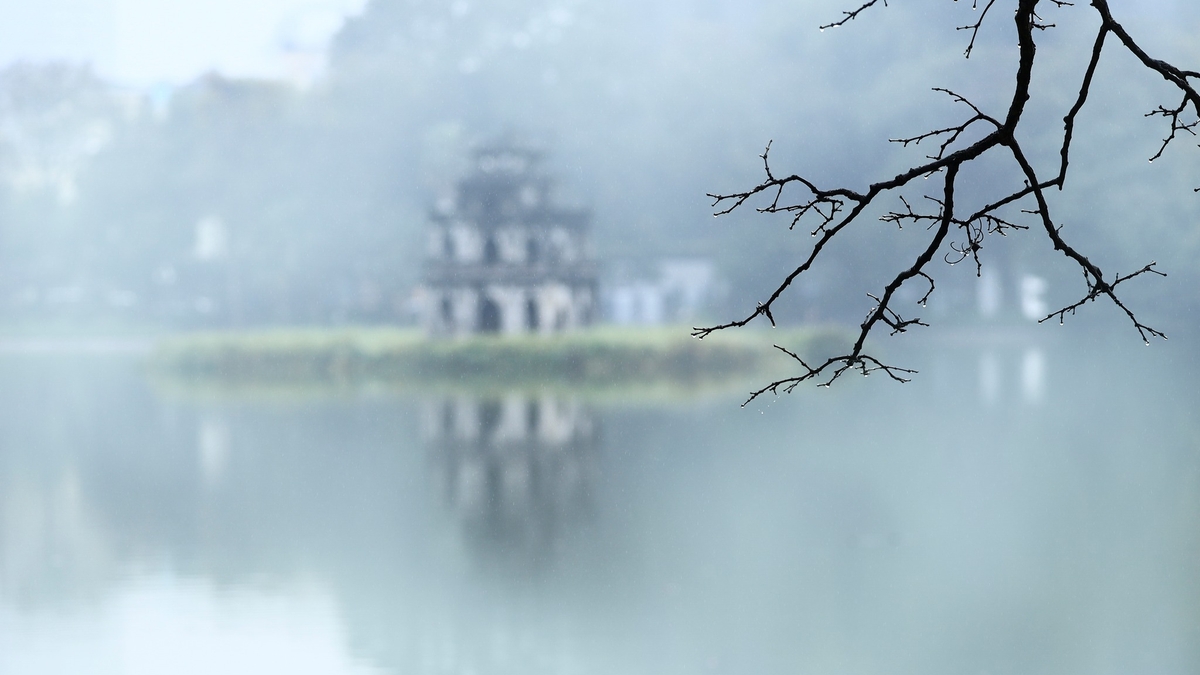
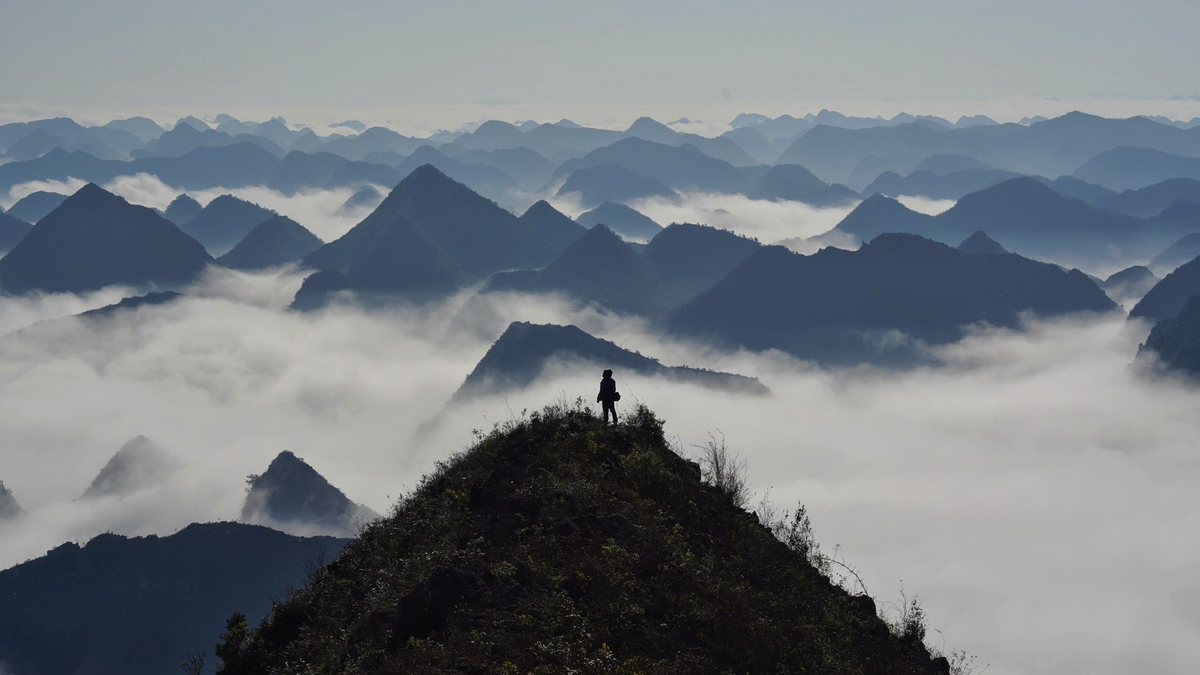
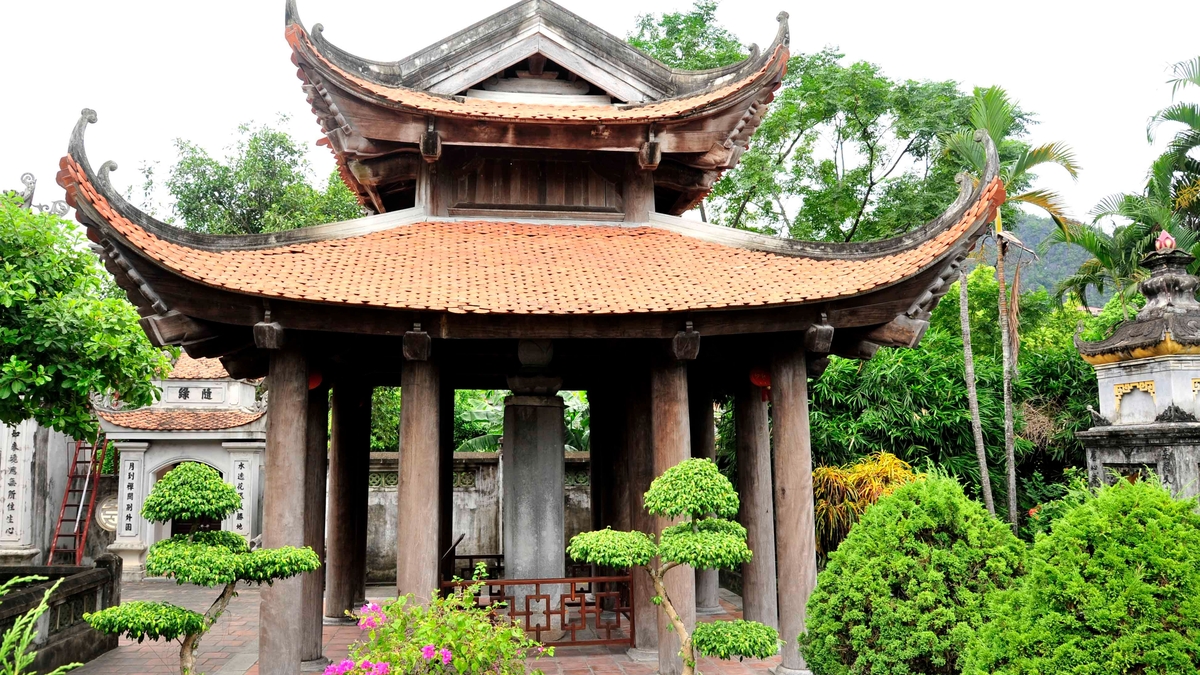

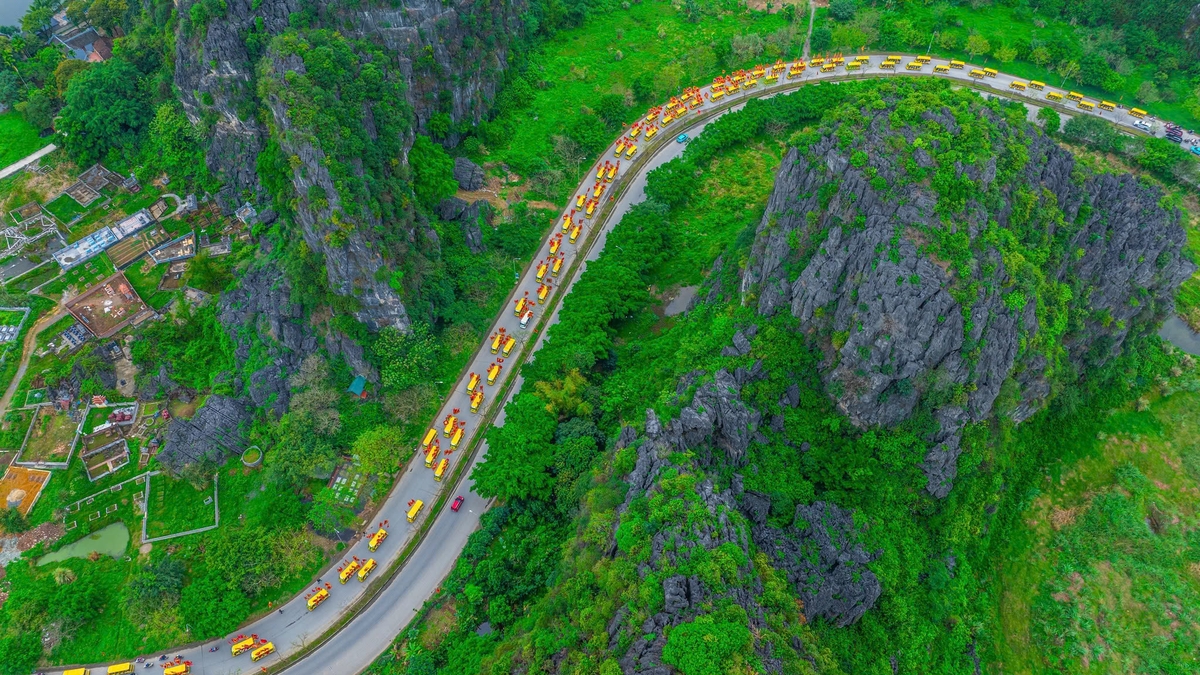






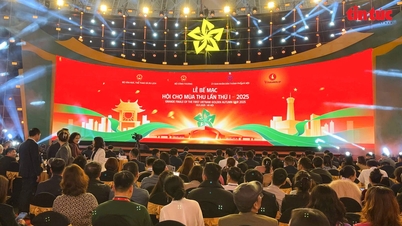


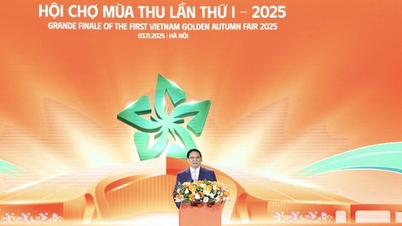


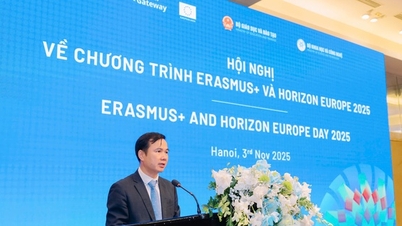





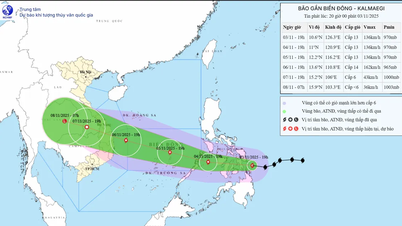







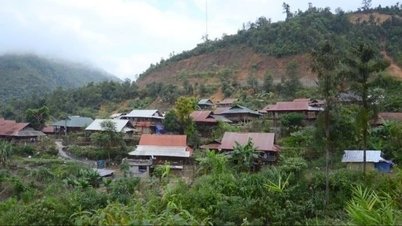
















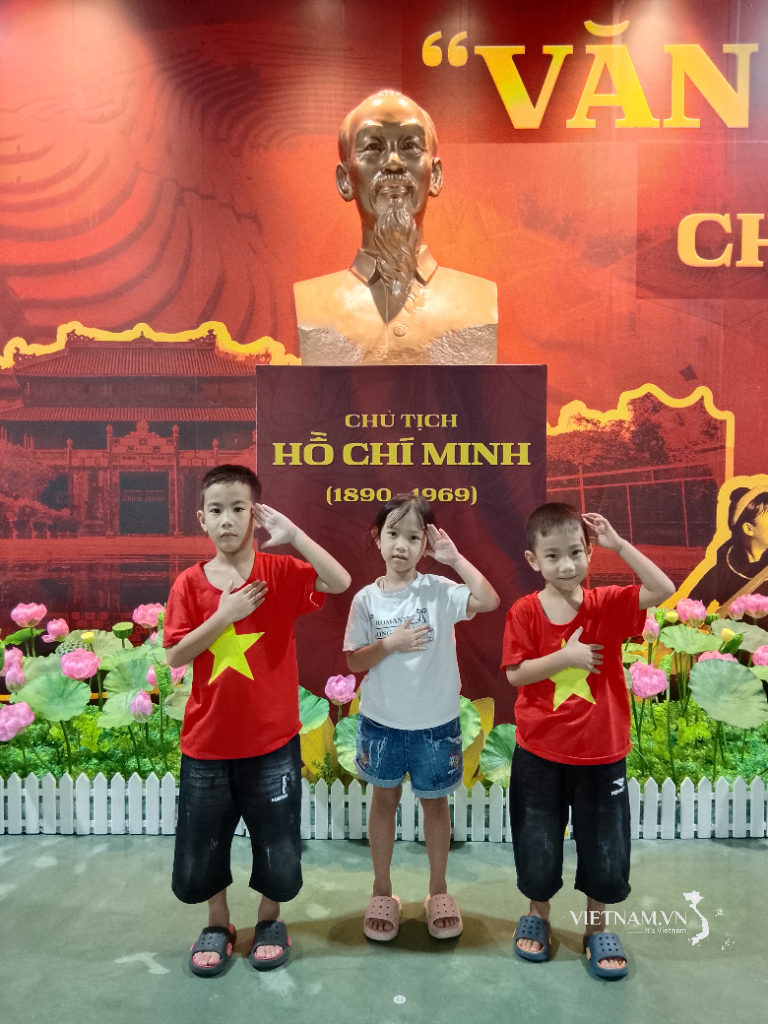
Comment (0)